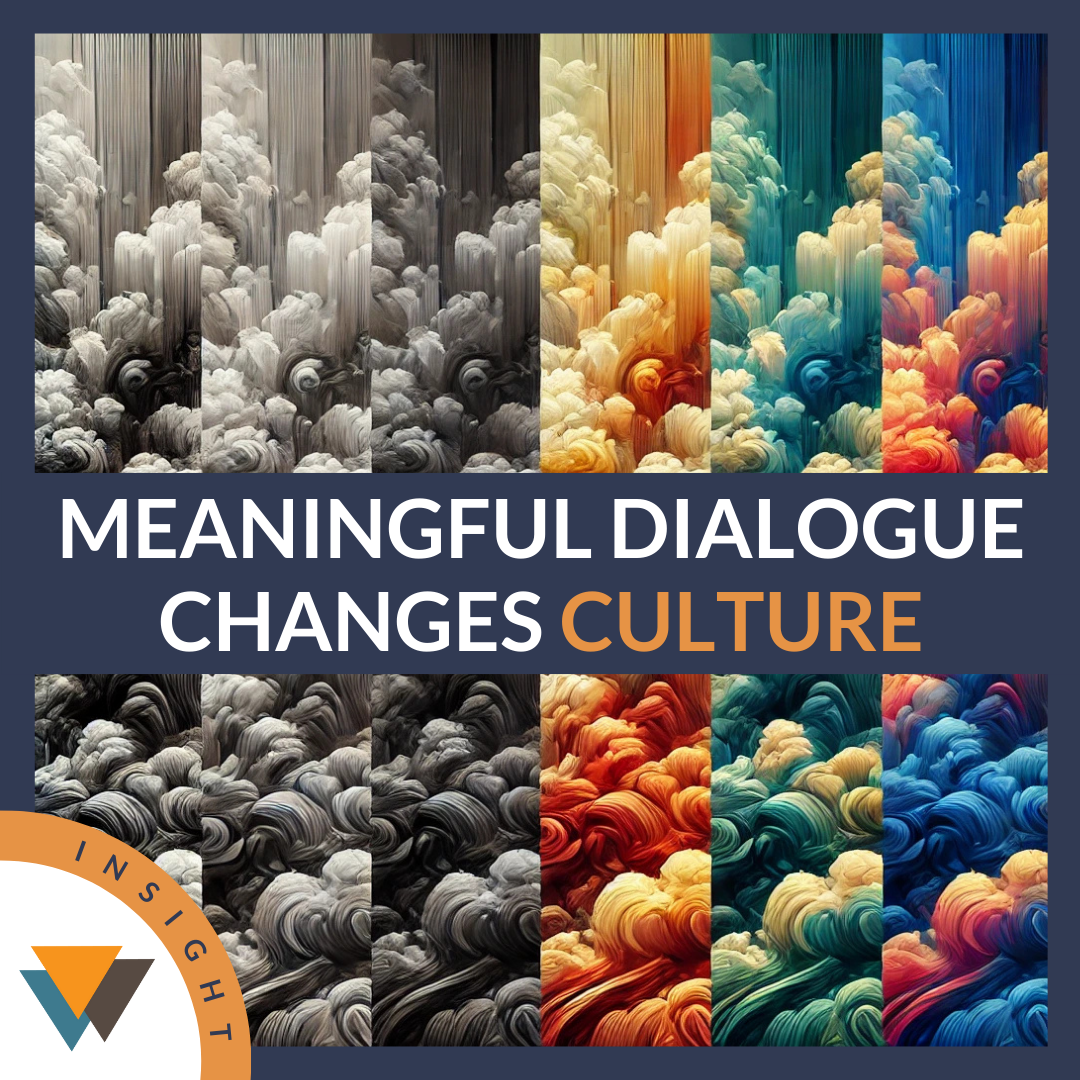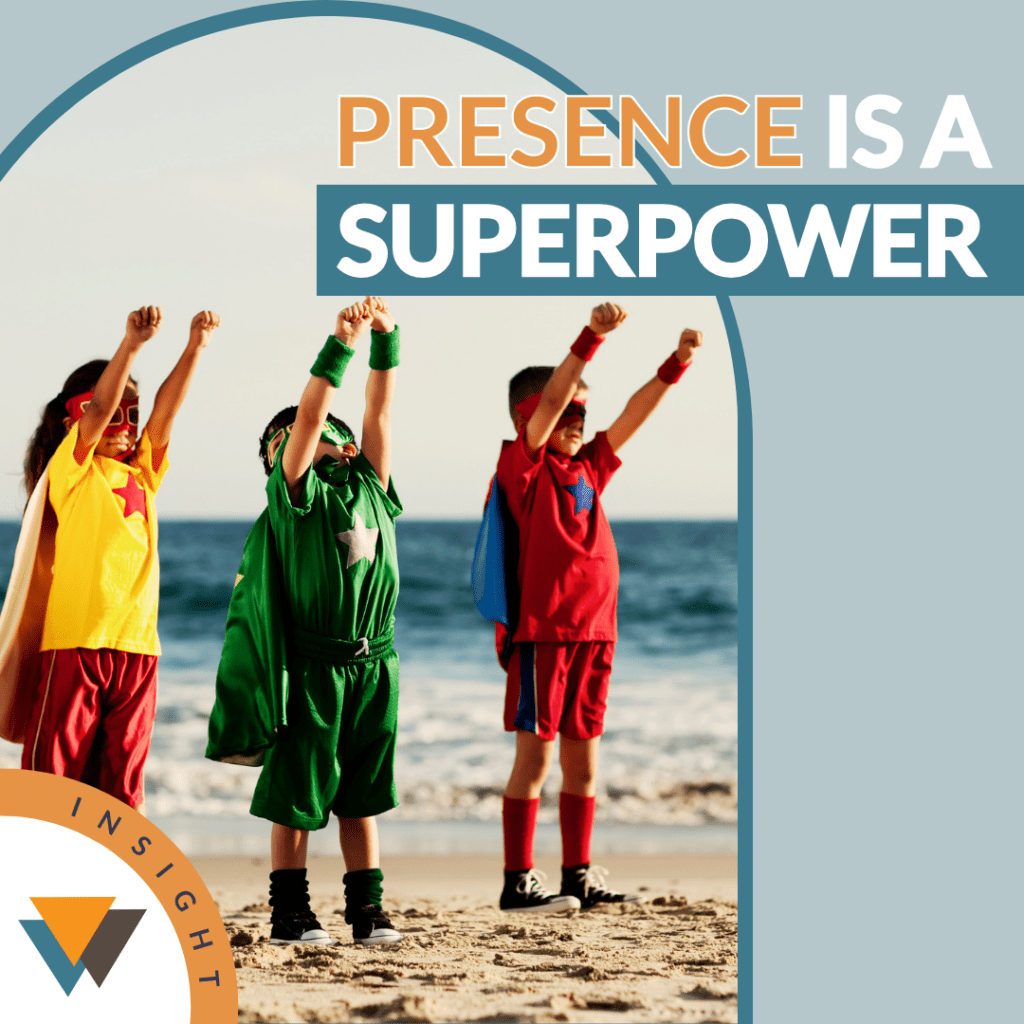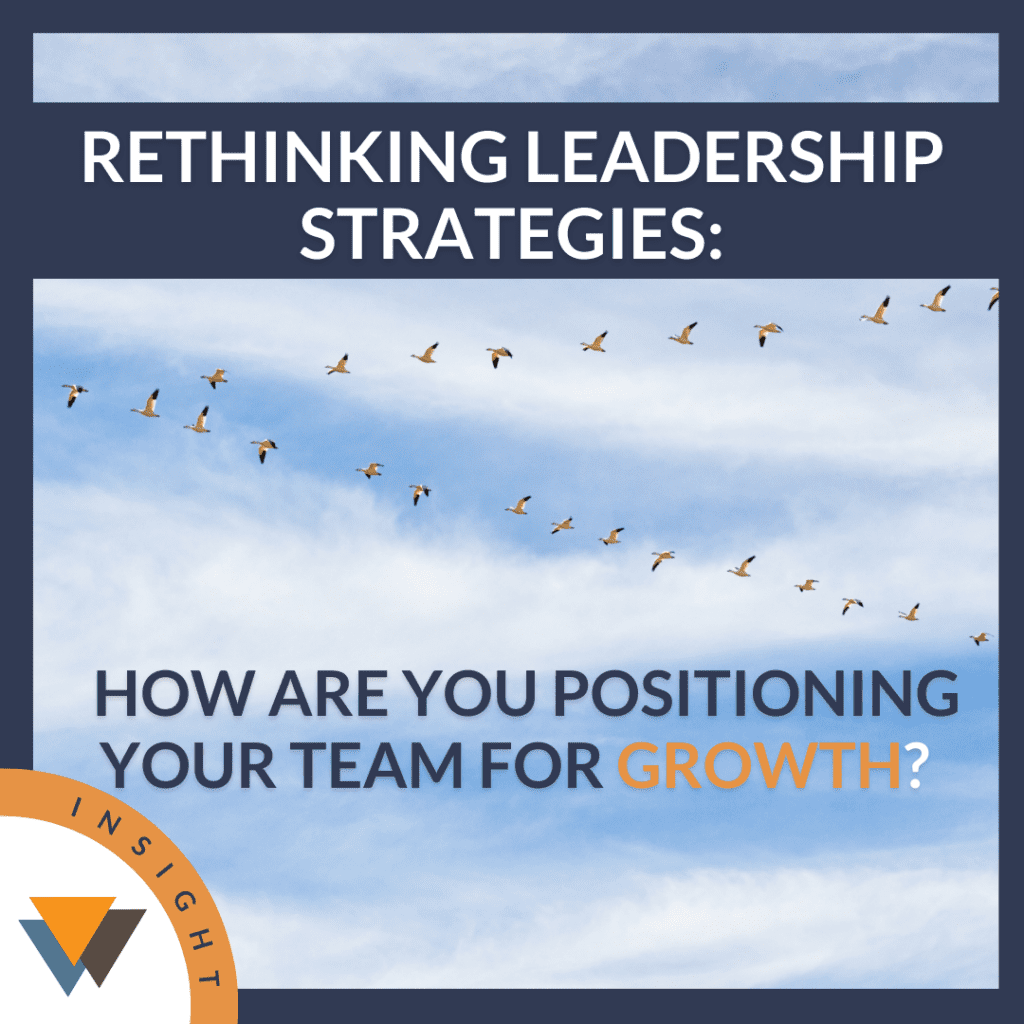
Meaningful Dialogue Changes Culture
Written by Tyler Head
Culture Changes Through Meaningful Dialogue. Meaningful Dialogue Changes Culture.
Have you ever wondered why some organizations thrive while others stagnate? It often comes down to one thing: the conversations they have—or don’t have.
We call this “Meaningful Dialogue”.
We’ve added a qualifier before the word dialogue because we’ve all been in a conversation where there is plenty of back and forth between 2 or more parties…. But you aren’t going anywhere, nor coming to a clearer understanding of one another’s perspectives…
Thus, we’ve added the word meaningful before.
Meaningful Dialogue, in an earthy way, is where two or more parties come together and communicate with the desire to understand each other’s perspectives.
Practically, two or more parties come together (collaboration) to understand one another (gain clarity) and then identify action (commitment).
It’s powerful. It changes culture.
Let’s jump in a bit deeper.
I Want to Talk to Your Left Brain First:
Dialogue Challenges Existing Norms
Every culture is built on a set of underlying assumptions—some spoken, some unspoken. These assumptions dictate how people behave, interact, and make decisions. Meaningful Dialogue exposes people to new ideas, perspectives, and ways of thinking that can disrupt old patterns and open the door for transformation. It also:
- Creates Awareness – Many cultural norms exist simply because “that’s the way we’ve always done it.” Conversations bring attention to outdated or limiting beliefs.
- Expands Perspectives – People see the world through their own experiences. Engaging in meaningful conversations introduces alternative viewpoints and possibilities.
- Encourages Critical Thinking – When individuals are invited to question norms and assumptions, they begin to think differently about what is possible, shifting the very foundation of the culture.
Without Meaningful Dialogue, change is imposed rather than explored, making it more likely to be resisted. Meaningful Dialogue invites curiosity which is the gateway to cultural evolution.
To see this in action, let’s look at two different workplaces where Meaningful Dialogue changed everything.
….and now your right brain
Example One:
In a quiet manufacturing plant on the outskirts of town, employees had long accepted that their ideas didn’t matter. Management made decisions behind closed doors, and workers were expected to follow orders without question. It had been this way for decades.
Then came Luis, a new line supervisor with a different approach. Instead of just issuing instructions, he started asking questions.
“What slows us down the most?,” he asked one morning during a team huddle.
At first, there was silence. People shifted uncomfortably. Suggesting change wasn’t part of the culture. But Luis didn’t let the silence linger. He tried again.
“If you could change one thing about how we work, what would it be?”
Finally, Maria, who had worked there for 15 years, hesitated before speaking. “The machine in Section B jams constantly. We spend more time fixing it than producing anything.”
Others chimed in. “Yeah, and the parts we need are always locked up. We waste an hour just tracking down the right tools.”
Luis listened. He took notes. He asked why things were done the way they were. And most importantly, he acted. Within weeks, he arranged for the old machine to be replaced and streamlined the process for accessing tools.
Word spread. People started offering more ideas. Workers who had once stayed silent now spoke up. Slowly, the culture shifted.
All because one person started a conversation that challenged the norm.
Example Two:
At Sterling & Co., a mid-sized consulting firm, long hours were a badge of honor. Everyone stayed late, answered emails at all hours, and wore exhaustion like a trophy. No one questioned it—until Jordan did.
Jordan had been with the firm for six months. Coming from a company that valued work-life balance, she was shocked by how drained her colleagues looked. One evening, as she packed up at 6:00 PM—something unheard of—her coworker Ethan smirked.
“Half-day today?” he joked.
Instead of laughing it off, Jordan paused. “Actually, I finished my projects for the day. Why do we all stay so late if the work is done?”
Ethan shrugged. “That’s just how it is. If the partners see you leaving early, they’ll think you’re not committed.”
Jordan nodded but didn’t drop it. The next day, in a team meeting, she asked the senior consultant, “Do we actually measure performance by hours worked, or by results?”
A hush fell over the room. It was an unspoken rule—never challenge the firm’s culture.
But the manager, Sarah, surprised everyone. “That’s a fair question,” she admitted. “We say we value efficiency, but we reward face time. Maybe it’s time to rethink that.”
Over the next few weeks, the team experimented with a results-driven schedule. People started leaving earlier when their work was done, and burnout decreased. Even the partners took notice.
It all started because one person asked the question no one else would.
AI created these two parallel stories in uniquely different work environments in under 5 seconds.
If AI can identify cultural shifts in seconds, why do companies struggle for years? Because AI doesn’t deal with real people—you do. Culture change isn’t just about strategies or policies; it’s about meaningful conversations.
Meaningful Dialogue changes culture. We know this because we’ve worked with hundreds of companies nationwide, testing this simple theory….
Building a business is hard. People are complex. But meaningful dialogue can change everything.
Want help creating a culture that AI identified in five seconds but real companies spend years trying to build?
Let’s talk.
Presence is a Superpower
What if the most powerful thing you bring to the table isn’t your strategy, your vision, or...
Lead From the Seat You’re In
The invitation was clear. The vision, compelling. The role, ours to take—until it wasn’t. We sat across...
Turning the Light On
She stood in awe, eyes wide, whispering Wow. Then she pulled a string—and the light disappeared. The...
Touch Someone
Fifteen minutes after I touched her, she was gone. Fifteen minutes after I touched him, he fell...
Are You Ready to Reset?
Leaders set clear goals, communicate expectations, and yet… engagement still falls flat. It’s frustrating when employees don’t...
Why You Should Care
Leadership isn’t just about tasks or goals—it’s about people. And people come with emotions, challenges, and stories...
What Foxes are Lurking in Your Backyard?
In a recent conversation with a leadership team, someone brought up an unexpected topic: foxes in the...
Happy Thanksgiving!
This week, we're sharing what we each are thankful for. Think about it... what are you thankful...
The Power of Intentionality: Are You Ready for 2025?
Recently, my wife and I planned a weekend getaway for my birthday. Nothing profound about the trip,...
Rethinking Leadership Strategies: How are You Positioning Your Team for Growth?
We’ve all seen birds flying in a V formation, often assuming they’re just following a leader. But...










